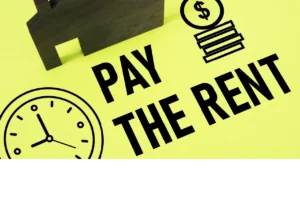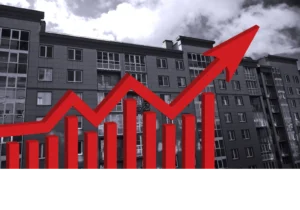Investing in Affordable Housing: Meeting the Demand for Workforce Housing
While housing markets experience ups and downs, the need for workforce housing remains stable, making it a potential option for real estate investment. Affordable housing is needed for essential workers and other blue collar workers, which means investors can look to more affordable multifamily properties to purchase and grow their profits. We’ll take a closer look at how real estate investors like you can help meet the demand for housing and expand their portfolios with smart, strategic real estate investments.
 Understanding Class B Multifamily Investments
Understanding Class B Multifamily Investments
Multifamily real estate properties can be broken down into three categories: Class A, Class B, and Class C. Class A tends to include high-end or luxury properties, and Class C are older buildings that tend to need extensive repairs and renovations.
Class B multifamily investments are ideal for use as workforce housing, as they tend to be slightly older or are situated away from city centers, thereby offering affordability for both investors and renters alike. They may require some repairs and renovations, but not as much as those needed for Class C properties.
Lower potential rents (when compared to Class A properties) are often the result of fewer amenities, but this means they can be more attractive to middle-class workers.. For investors, these properties may be ideal because they attract tenants with stable incomes and may also have lower vacancy rates (when compared to Class C properties).
Investing in Emerging Markets
Emerging markets, also known as tertiary markets, are those with a population of less than 1 million people and the potential for growth. They can be a smart choice for real estate investors looking to meet the demands of workforce housing. These markets tend to see positive job growth as employers move away from the expense and hassle of operating businesses in city centers. When jobs move to secondary and tertiary markets, the workforce looks to find affordable available housing in these new areas.
Residents in these markets can afford to spend less than 30% of their income on housing, and investors can provide housing options to meet their budgets by purchasing and renovating Class B properties. Many REITs are using this strategy to give investors a convenient way to expand their real estate portfolios while helping fill the need for housing in emerging markets with expanding populations.
Investing In Sun Belt Markets
Not all growing markets are technically considered emerging markets. Some markets in slightly bigger cities are seeing explosions in both population and job growth, and that includes many cities throughout the Sun Belt. Areas including Houston, Dallas-Fort Worth, Charlotte, Tampa, and Phoenix, are showing promise as potentially lucrative locations for multifamily real estate investment. New jobs and new residents in these southern cities mean an increased need for workforce housing, and new construction projects might not be enough to meet the demand. Investors ready to seek out Class B properties for purchase and renovation may find it easy to keep vacancy rates low and bring in consistent income in these Sun Belt Markets.
Smart Value-Add Strategies
Class B multifamily properties may not have the same level of amenities as their Class A counterparts, but investors can seek out smart value-add strategies to help attract new tenants and provide a better quality of living for those seeking out affordable housing. Strategic renovations can improve the overall value of each property, resulting in potentially better cash flow and higher rents. Some examples of smart value-add strategies that give existing and new tenants access to desirable amenities include:
- New appliances and light fixtures
- Smart door locks and thermostats
- Outdoor security systems
- Updated HVAC and plumbing systems
While these amenities don’t match the perks of dog runs, movie theater rooms, and fitness centers found in luxury apartment buildings and complexes, they do make it easier to attract tenants and increase the overall value of your investment. The benefit of investing in a Class B property is that the need for major renovations isn’t as great, freeing up your capital for use on improvements that help make your multifamily asset stand out in a growing market.
There will always be a need for affordable workforce housing. The concept of profitable real estate investing doesn’t have to be at odds with providing workers safe, comfortable, and affordable housing.
Source: DiversyFund
Get a Free Multifamily Loan Quote
Access Non-Recourse, 10+ Year Fixed, 30-Year Amortization













 Accessibility
Accessibility